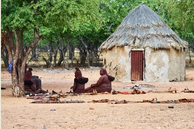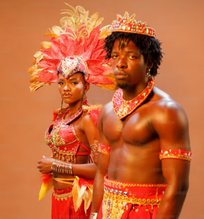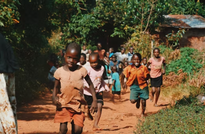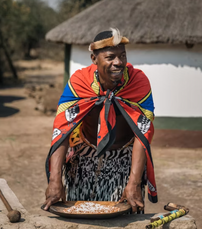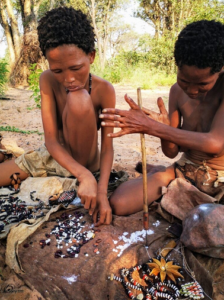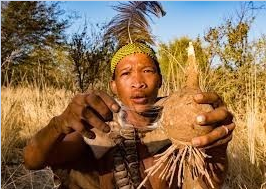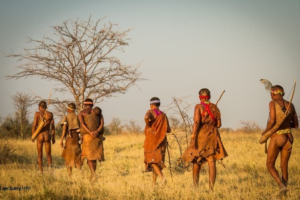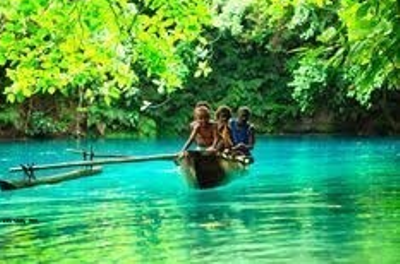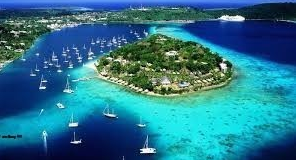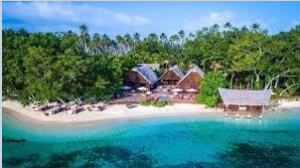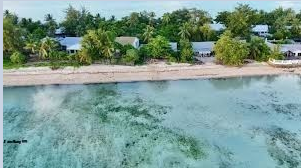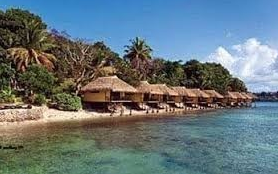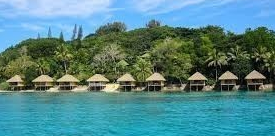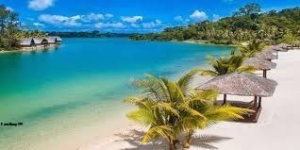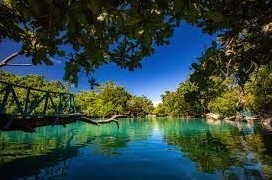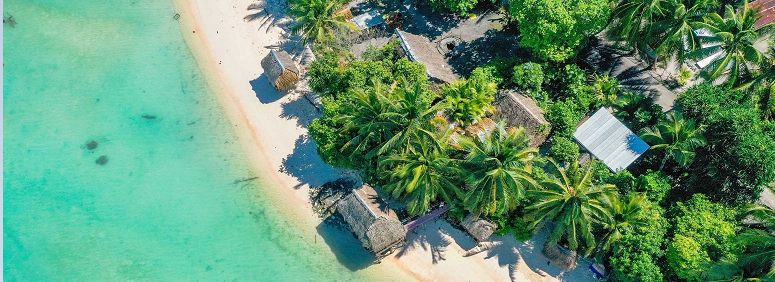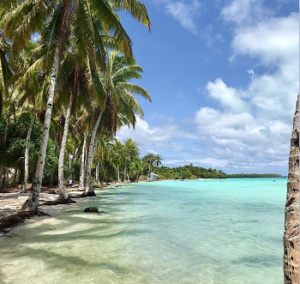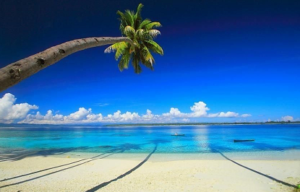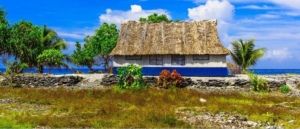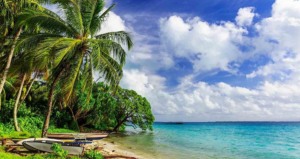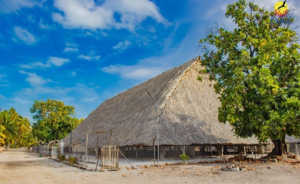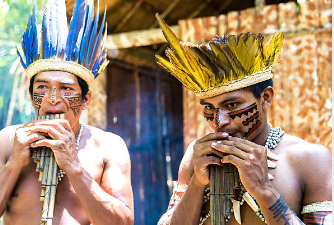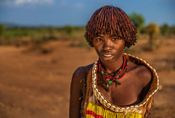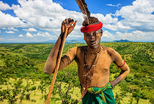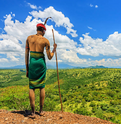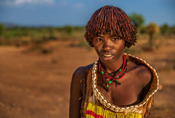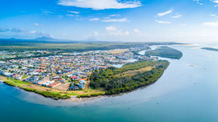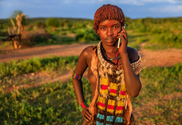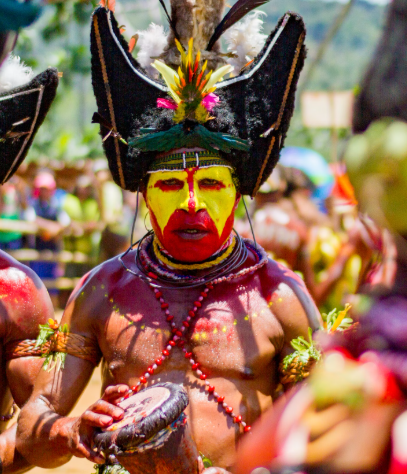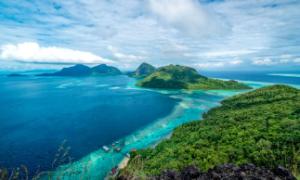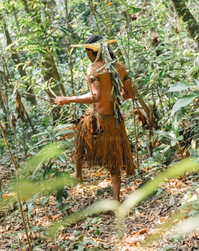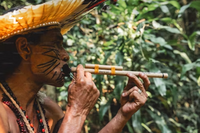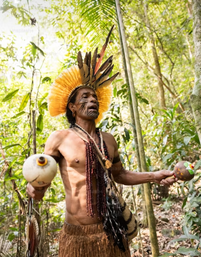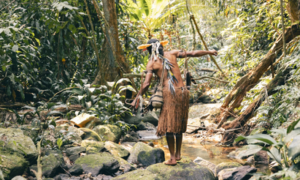Svalbard a remote archipelago located in the Arctic Ocean, is one of the northernmost inhabited places on Earth. It’s a land of polar bears glaciers, and untouched wilderness, making it a dream destination for adventure seekers wildlife enthusiasts, and nature lovers. If you’re planning an expedition or just intrigued by this icy paradise, keep reading. We cover everything you need to know, including unique travel experiences, tips for a safe journey, and why Svalbard should be on your list.
Why Svalbard Remains Undiscovered

Remote and Hard-to-Reach Destination
Svalbard’s extreme location—between mainland Norway and the North Pole—makes it a challenging destination to access. Many travellers shy away because it’s not as simple as booking a ticket and hopping on a direct flight. Only a handful of airlines operate flights to Svalbard’s Longyearbyen Airport, mainly from Oslo or Tromsø.
Extreme Arctic Climate
The Arctic climate is another reason why travellers hesitate. Temperatures can drop as low as -30°C in winter, and the region experiences a polar night from late October to mid-February, where the sun doesn’t rise above the horizon. For many, this creates a perception of an inhospitable environment, making them wary of planning a trip.
Concerns About Safety
Svalbard is home to more polar bears than people, and the threat of encountering one is real. Travellers often worry about safety and whether they have the skills and knowledge to handle such extreme conditions. The isolation, combined with the presence of dangerous wildlife, can deter many from visiting.
- But here’s the reality: While these factors might seem like significant challenges, they’re part of what makes Svalbard a unique and rewarding destination. With proper planning and preparation, anyone can experience the wonders of this Arctic archipelago.
The Solution: Why Svalbard is Worth the Journey
- Stunning Arctic Landscapes

Svalbard’s landscapes are unparalleled. As far as the eye can reach, picture vast tundra, rocky mountains, and ice. In summer, the Midnight Sun casts a surreal glow over the land, while winter brings the magical Aurora Borealis, or Northern Lights, dancing across the night sky.
The untouched natural beauty is a photographer’s paradise. According to a case study by Visit Svalbard, tourists often describe the scenery as otherworldly, with its pristine, snow-covered landscapes offering views found nowhere else on Earth.
- Abundant Wildlife Viewing Opportunities
Despite its remote location, Svalbard is teeming with wildlife. Polar bears, Arctic foxes, reindeer, walruses, and a variety of seabirds call this place home. A 2023 report by the Svalbard Environmental Protection Fund highlighted that Svalbard is one of the best places globally for observing polar bears in their natural habitat. However, it’s essential to travel with a local guide or join an organized tour for a safe experience.
Birdwatching is another popular activity. The cliffs of Svalbard are home to vast colonies of puffins, guillemots, and kittiwakes, providing bird enthusiasts with ample opportunities to spot rare Arctic species.
- Unique Arctic Adventures
For those seeking adventure, Svalbard does not disappoint. Whether you’re interested in dog sledging, snowmobiling, glacier hiking, or kayaking, Svalbard offers a range of outdoor activities tailored to different levels of expertise.
- One standout experience: is exploring the Longyearbyen Ice Caves, an underground wonderland formed by glacial ice. These ice caves are accessible only during winter and offer a unique glimpse into the frozen heart of the Arctic.
- The Solution: With guided tours, modern safety measures, and reliable travel companies, exploring Svalbard has become easier and safer than ever before. It’s an opportunity to see a side of the world few have witnessed.
Action: Plan Your Trip to Svalbard Today

- How to Get There
Getting to Svalbard may seem daunting, but it’s simpler than you might think. Regular flights operate from Oslo and Tromsø in Norway, with a travel time of around 3 hours. Longyearbyen, the main settlement, has modern facilities including hotels, restaurants, and even a small shopping centre.
To maximize your experience, consider booking a package tour. These often include flights, accommodation, and a variety of guided activities, making the planning process much more straightforward.
- Best Time to Visit
What you hope to encounter will determine the ideal time to visit Svalbard:

- Summer (June to August): The Midnight Sun shines 24 hours a day, offering endless daylight and opportunities for boating, kayaking, and hiking. Wildlife is also abundant during this period, with many chances to see polar bears, walruses, and seabirds.
- Winter (November to March): Although it’s dark this is the finest time of year to see the Northern Lights in Svalbard. This is also the prime season for snowmobiling, dog sledging, and ice cave tours.
- April through May is spring: when a variety of winter and summer activities are available. The days grow longer, and the ice starts melting, making it an excellent time for skiing and wildlife spotting.
- Essential Travel Tips
- Dress Appropriately: Layering is key to staying warm in Svalbard’s harsh climate. Put on a waterproof outer layer, an insulating middle layer, and a base layer. Remember to pack warm boots, gloves, and a hat.
- Be Polar Bear Aware: Always carry a rifle or travel with a guide who has one. Leaving communities without polar bear protection is prohibited. Even though relations are not common, being ready is essential.
- Respect the Environment: Svalbard’s ecosystem is fragile. The largest number of northern communities in the globe, Longyearbyen, serves as the entry point to Svalbard. Never disturb wildlife, dispose of trash correctly, and follow the Leave No Trace concept.
- Travel Insurance: Ensure your travel insurance covers adventure activities and medical evacuation. Given Svalbard’s remote location, evacuation can be costly if needed.
- Top Attractions in Svalbard
Here are some must-visit places and activities that showcase the best of Svalbard:

A.Longyearbyen
The most northern town in the world, Longyearbyen, serves as the entry point to Svalbard. This lively, ethnic neighbourhood offers a range of facilities. Visit the Svalbard Museum to learn about the archipelago’s history, or explore the local art galleries and shops.
B.The Global Seed Vault
The Svalbard Global Seed Vault is one of the most important structures on the planet. It houses over a million seed samples from around the world, acting as a backup for global food security. Though the vault is not open to the public, its striking architecture can be viewed from outside.
C.Pyramiden
Once a thriving Soviet mining town, Pyramiden is now an abandoned ghost town. Guided tours are available, offering a fascinating glimpse into the past with well-preserved buildings and relics from its heyday.
D.Isfjord Radio
Located at the edge of the Arctic Ocean. Isfjord Radio is a remote boutique hotel offering a unique overnight experience. Guests can enjoy Arctic cuisine and take part in guided hikes or wildlife safaris.
- Local Cuisine to Try
Svalbard’s cuisine is shaped by its harsh environment and limited local produce. However, the food scene has adapted offering both traditional and modern dishes. Try the reindeer stew, Arctic char (a local fish), and for the adventurous, seal meat. The local restaurants in Longyearbyen often serve dishes with a Nordic twist, incorporating seasonal and locally sourced ingredients.
- Environmental Impact and Responsible Tourism
Svalbard’s delicate environment is under threat from climate change and increased tourism.
As a responsible traveller consider the following:

- Minimize Your Carbon Footprint: Opt for eco-friendly tours and accommodations that prioritize sustainability.
- Follow Guidelines: Always follow the guidelines provided by local authorities and tour operators to protect the flora and fauna.
- Support Local Initiatives: Engage with organizations like the Svalbard Environmental Protection Fund, which works to preserve the archipelago’s natural beauty.
Conclusion
Svalbard may seem intimidating at first glance. But it’s a place of unmatched natural beauty and unique experiences. From polar bear sightings to witnessing the Northern Lights, it offers adventures you won’t find anywhere else. With the right preparation and mindset, your trip to Svalbard can be the adventure of a lifetime.
So, what are you waiting for? Start planning your Arctic journey to Svalbard today and experience, the thrill of exploring one of the last great wildernesses on Earth.



